My first foray into the world of TLR cameras was back in the early 1980’s, courtesy of a brand new Lubitel. I bought it from an old fashioned camera shop on Oldham Street in Manchester. I worked in a shop a few doors away, and would haunt the camera shop or peer into the window while on my lunch break. I fancied that the Lubitel was something exotic, so having bored the poor shop owner over several visits, I eventually bought it. I’d love to report that it was joyous experience, but it wasn’t. This wasn’t any fault of the Lubitel, rather the inexperience of the user. I tried out two or three rolls without much success, and then put the camera away. I later sold it to help buy something else, and concentrated on 35mm cameras.
Thirty five or more years passed by, and the adoption of shooting medium format using Zeiss and Voigtlander folding cameras caused me to start looking again at owning a TLR camera. I hoped that I was a little more experienced than the callow youth who messed up his time with the Lubitel, and that I’d get better results this time around. I have a friend who lives in the Hebrides, and he’d recently bought an ancient Rolleicord. He sent me some scans of the photos he’d taken and I was astonished at the resolution and overall look of his images. This only served to whet my appetite for some TLR action of my own.
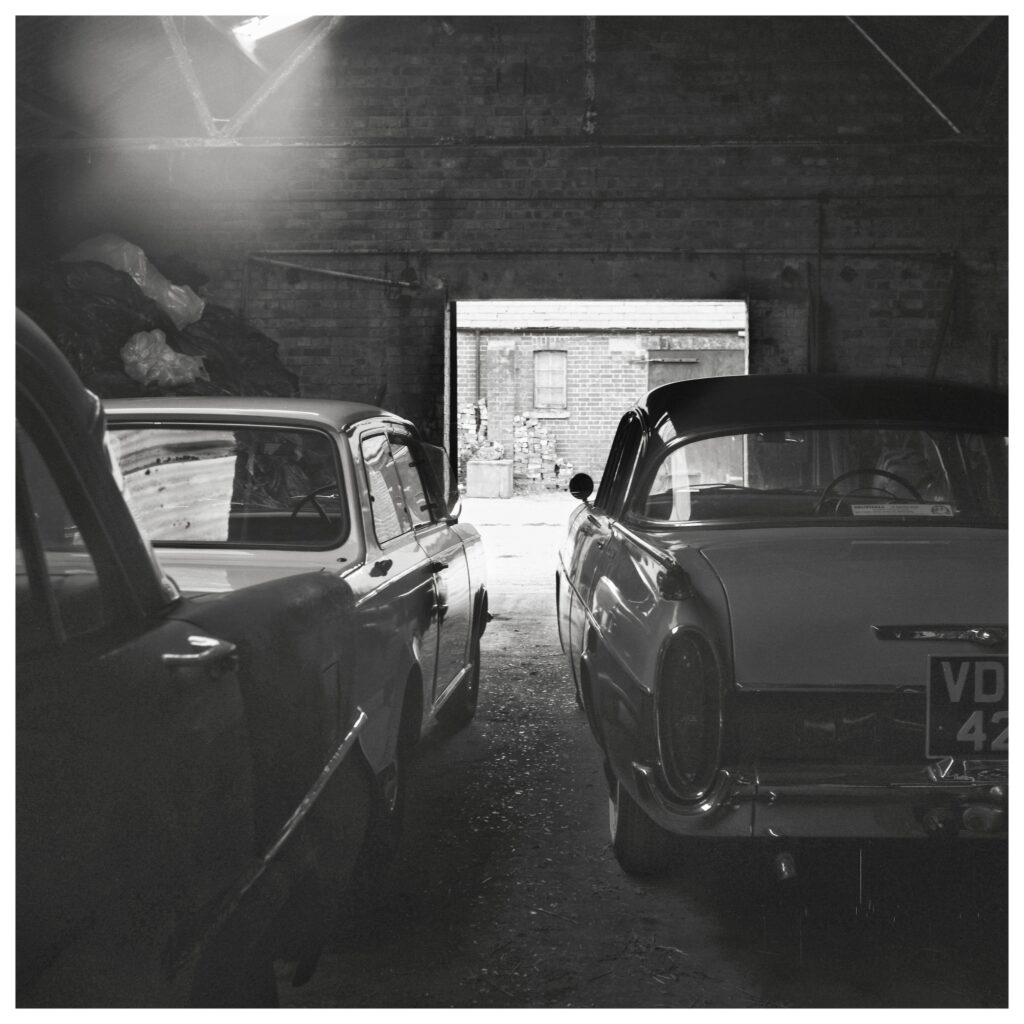
The most obvious names when you mention TLR cameras are the likes of Rollei, and Mamiya. None of these are cheap, and so it was with some caution that I started my research as to what would be suitable, and what might be a good introductory camera to see if I liked TLRs this time around. I bought a basic Voigtlander Brilliant, which is a faux TLR. I liked using it, (it’s viewing screen is amongst the best there is) but the images were decidedly average, and certainly not as good as my folders. I had enjoyed using the Voigtlander and concluded that I was, now, finally ready to try something a little better in terms of image quality.
Scanning fleabay, I noticed the Zeiss Ikon Ikoflex range of TLR’s. Some of these seemed to be much less expensive than the more glamourous names, however I’d had great fun and results from my Zeiss Ikon folders. I am also what our American friends would call a fanboy of Zeiss Ikon cameras in general. I noted that some of the Ikoflex models had Tessar lenses, and there always seems to be a certain something pertaining to an image made by a Tessar lens.
Whilst carrying out my search, an early Ikoflex II came up for sale. No Tessar on this example, as it was a very basic model with an uncoated Novar triplet lens, and a Klio shutter. It being a Novar didn’t put me off as I’ve had great results from Novar equipped Zeiss Nettar cameras. Better still was the start price of £20. It had it’s original leather case and also a lovely but somewhat spindly tripod made of wood with extending brass legs. The seller openly admitted that he knew nothing about cameras, and that it had come to him from a house clearance lot that he’d bought elsewhere. I bid, and eventually won the camera for the cost of £28 including postage.
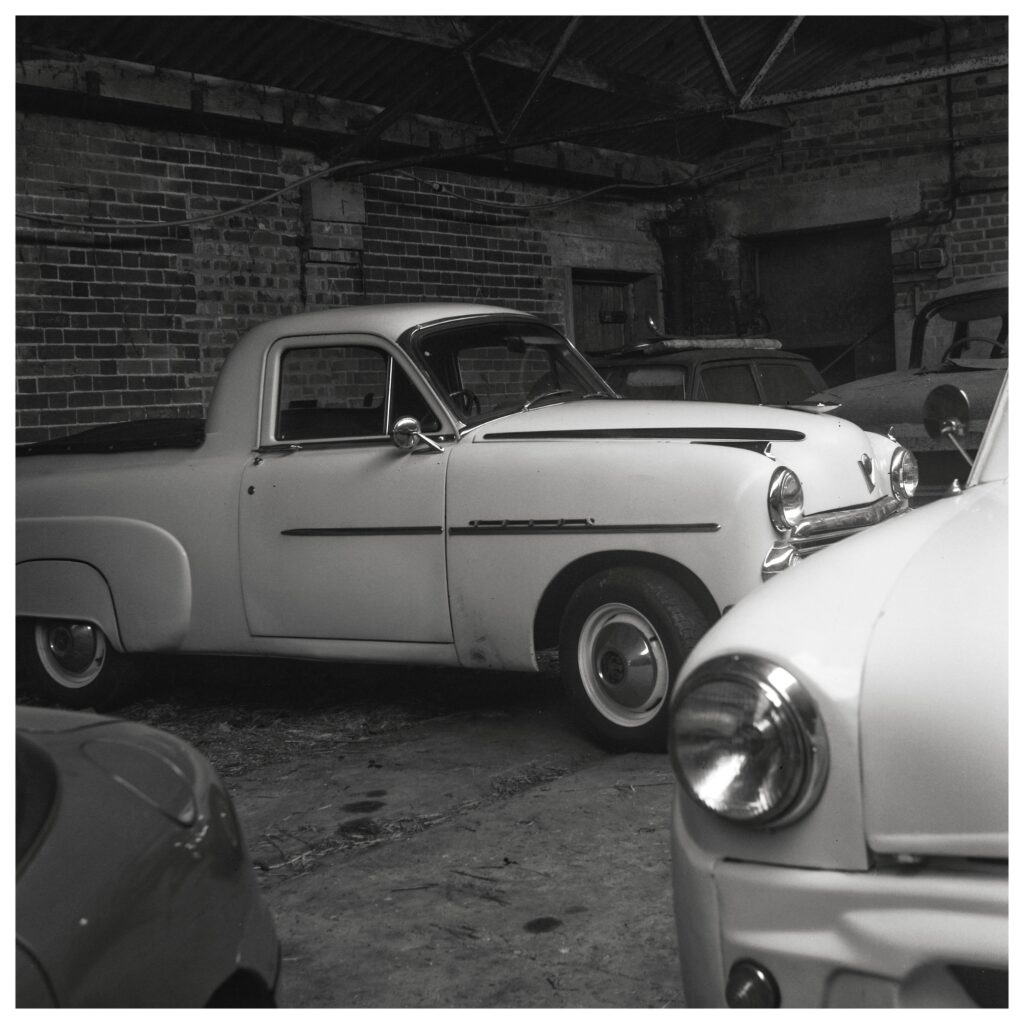
When the Ikoflex arrived, I was a little downcast as it had the dust and grime of decades on it. It featured dull leatherette of which some was missing, faded and tarnished brightwork, and the viewing screen was very dull and decorated with various dead insects. Internally it was fine, and the lens looked to be clean without anything nasty evident. The shutter and aperture seemed to work well enough however, and following a basic clean, I I began to feel more positive about the prospect of getting some decent images from it.
On a slightly divergent note, I have come to the conclusion that my example is an Ikoflex II … probably. However, the nomenclature and numbering of Zeiss Ikon products in general have left me wondering if those supposedly sensible and serious Germans were smoking something interesting or quietly having a joke at the expense of their customers. How can an Ikoflex 1 follow an Ikoflex II?
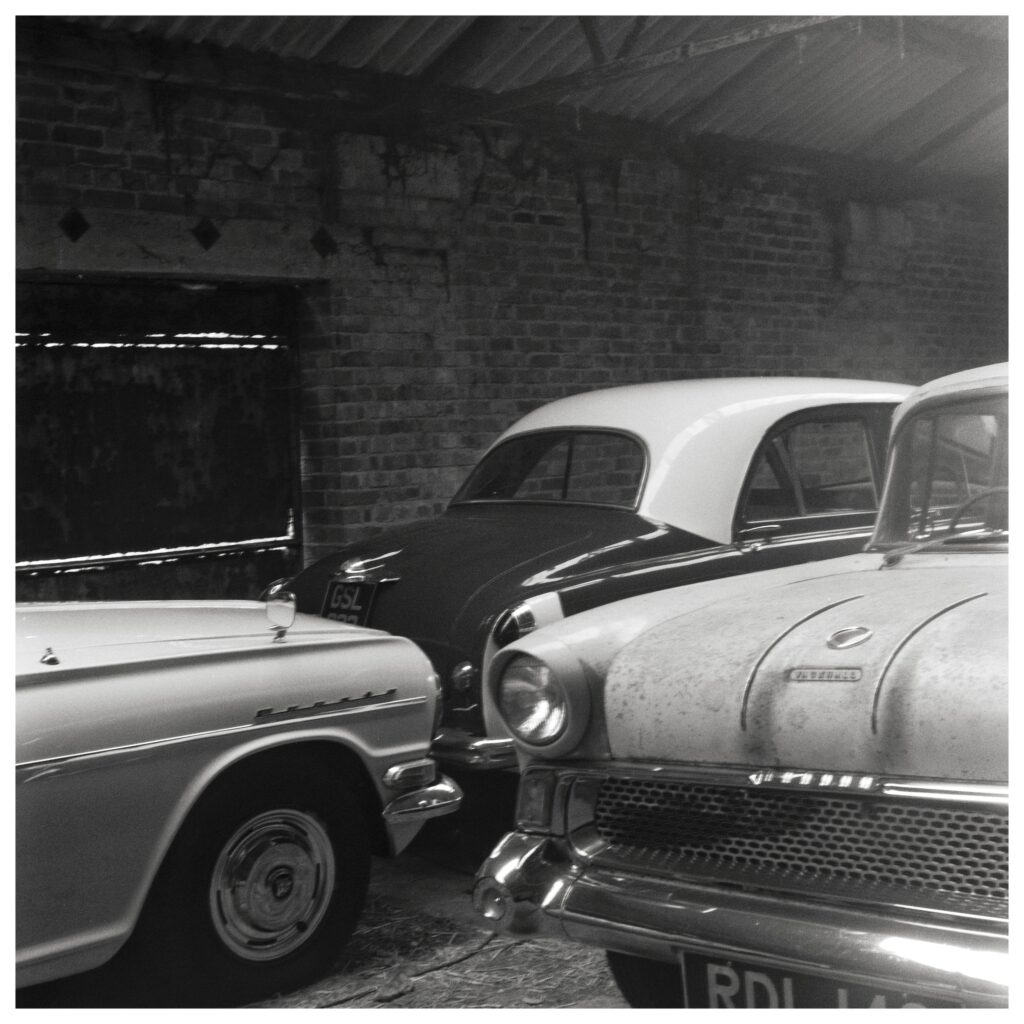
My first few rolls were somewhat hit and miss in terms of results. Firstly, I made several double exposures, which was driver error and no fault of the camera. I was also slightly cavalier when winding the film forward and thereby depriving myself of the twelve images I should have had. Setting the aperture and shutter can be somewhat fiddly as the numbering isn’t too clear, and I found it best to use a cable release as the position of the shutter release by the taking lens isn’t the most comfortable when hand held. Being uncoated, the lens is susceptible to flare, however whenever I nailed the focus and got the exposure right, the Novar showed it’s capabilities. I very quickly came to like the focus lever as opposed to the more usual knob, even to the extent that I prefer it as a mechanism. The viewing screen isn’t actually that good. It certainly isn’t bright, and it can be hard to see if the weather is either dull or very sunny. The Klio shutter was, I believe, the cheapest shutter in the range. It has a top speed of 175th sec, and that was when it was new, so I suspect it’s slower after eighty or so years. It’s oft said that using cameras such as the Ikoflex slows down the photography process. Well that’s certainly true with this old dowager.
Having listed all the disadvantages of the poor thing, I should highlight what’s good. This is a small and lightweight camera, but not in any way flimsy. Stand it next to a Rolleiflex and compare the size and weight side by side, and it can seem almost toy like in comparison. It’s also very simple, once I had the workflow properly settled in my mind when using it.
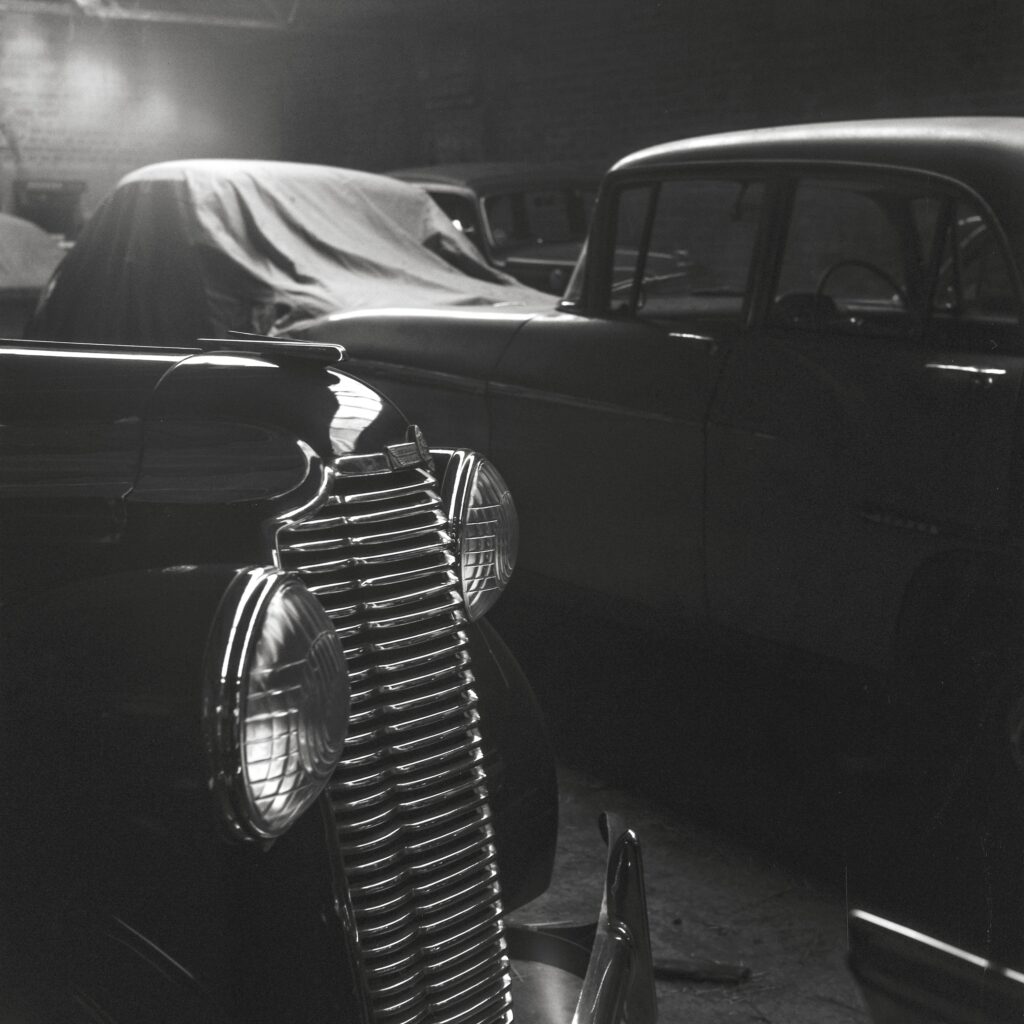
Having had some success with the Ikoflex and more importantly, having been bitten by the TLR bug, I sold several of my old SLR and compact cameras in order to finance the purchase of a somewhat aesthetically challenged Rolleiflex 2.8D with a Planar lens. That’s quite a leap in anyone’s estimation. More expense followed by having it professionally serviced, but this was money well spent. I have never before used such a beautifully crafted machine, and have used it regularly since. The sheer pleasure the Rolleiflex imparts when being used is difficult to explain, but for those who use them, it will be very familiar.
Armed with an aristocrat like the Rolleiflex, you would assume that it led to the demise of the Ikoflex as a camera that sees much use. This didn’t prove to be the case. I certainly use the Rolleiflex more often than the Ikoflex, but I’d totally lost my heart to the Ikoflex’s inherent simplicity and lack of pretence. This feeling isn’t based on rationality. I admit to a level of sentiment where the Ikoflex is concerned, in the same way I might use the Olympus Trip 35 that resides in the glove box of my car, when I have a decent SLR to hand. It’s just good fun.
The Ikoflex is a great walk around TLR for days when the weather is fine. It’s half the weight of the Rolleiflex, and significantly smaller. I have shot predominately with Ilford FP4 (125 asa) as I’m not particularly a fan of stronger grain. The Novar triplet is capable of excellent detail given the right conditions. Wide open at f4.5 the images are rather soft. Stopped down to f8 or f11, and the little triplet comes out fighting. Adopting a pale yellow filter has done wonders for the contrast which otherwise was underwhelming. I tried a roll of Kodak Gold 200 when it was released in 120 format, abut the results were very disappointing. Maybe it’s just my example, but the colours were dull with a muddy hue, and that isn’t something that can usually be said about Kodak Gold 200 in more modern cameras. Drastic work in post processing was required to get any semblance of an acceptable image, and even then I wasn’t pleased with the outcome. I suspect that this camera would reward those who like using out of date or art films for a LOMO effect, but that is not a look that is to my liking.
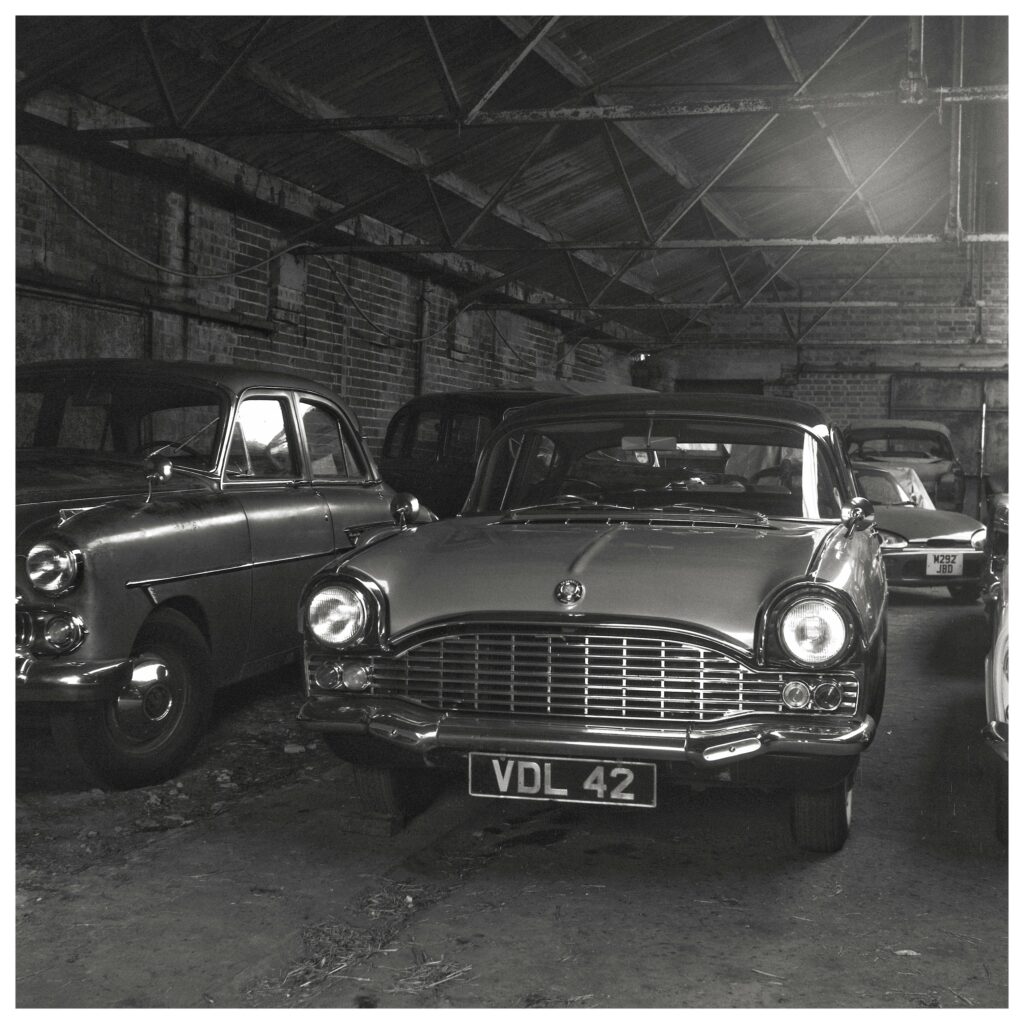
After exposing a few rolls close to home, during which I came to understand and become familiar with it’s foibles, I decided I’d take the camera on holiday. The Isle of Wight is situated just off the south coast in the English Channel, a short sail from Southampton or Portsmouth. I have been visiting for just over a decade, and have come to love it as a place to indulge my photography hobby/habit/addiction. In 2021, whilst visiting the island, I came across a resident who shared an interest with me in classic cars. He had a barn and assorted sheds full of wonderful old tin, and I asked if he’d allow me to try taking some pictures with the Ikoflex. He agreed, and I duly turned up the following afternoon with the Ikoflex, the aged tripod and my Sekonic light meter. A cable release completed my equipment.
The owner looked slightly bemused at my antediluvian set up, but was polite enough not to pass comment. To tell the truth, I was somewhat unsure myself. Thus far I’d stayed in the safe zone of shooting outdoors in bright weather, whereas the main barn was poorly lit with small light bulbs. I had however, noticed that the barn had a wonderful diffused light from the old skylights in the roof. I decided to shoot using only the available light from these skylights, and there wasn’t a lot of it. Focusing in such dimly lit conditions was another issue, and I decided to shoot at f8 and f11 to give myself some leeway. The light meter was suggesting that most shots would require between one and two seconds at these apertures.
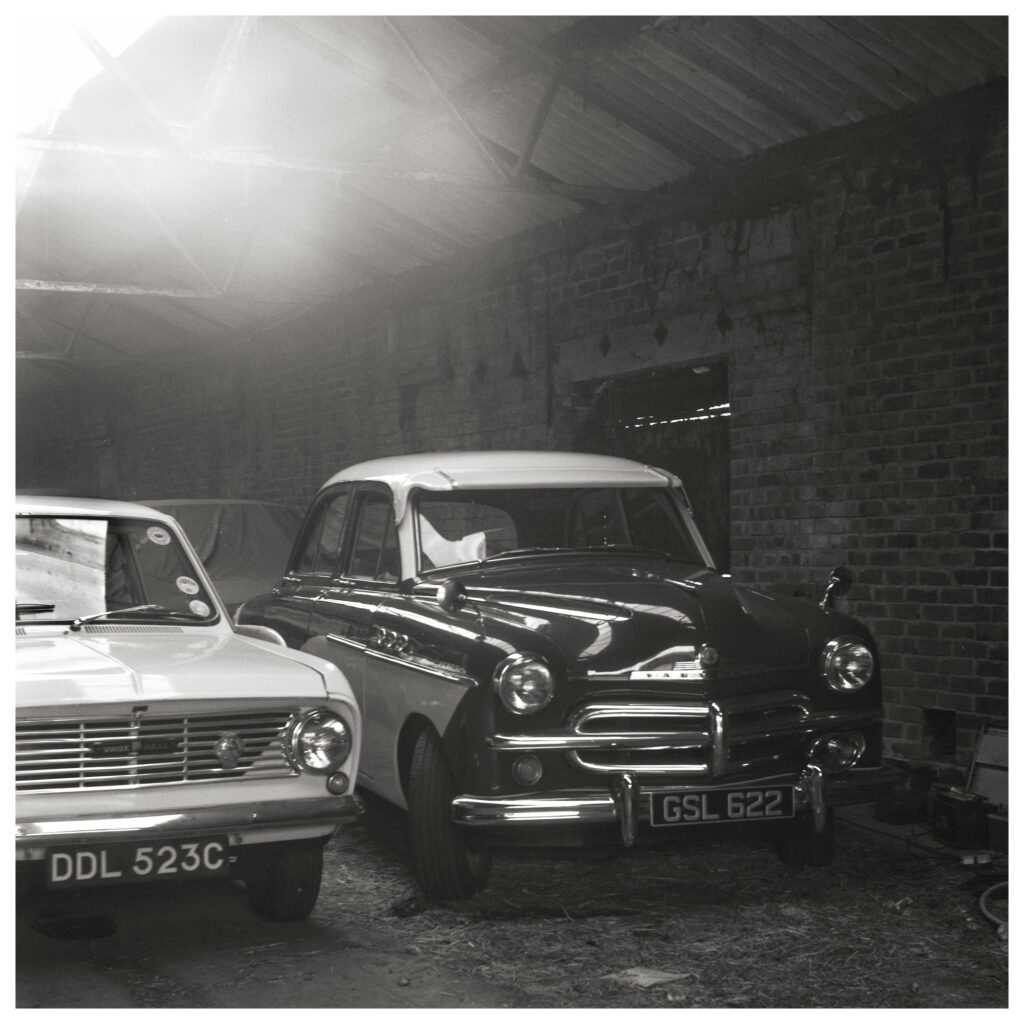
I took my time manoeuvring between parked cars trying to avoid hitting them with my tripod. Furthermore, the floor was uneven and the ancient tripod isn’t so easy to adjust to find a level. Oh how I suffered for my art. I timed the exposures by using what I’d heard was the method used by wartime parachutists, namely saying out loud, ‘one one thousand’, ‘two one thousand’ etc, each short phrase taking a second to say out loud.(Try it, it really does work.)
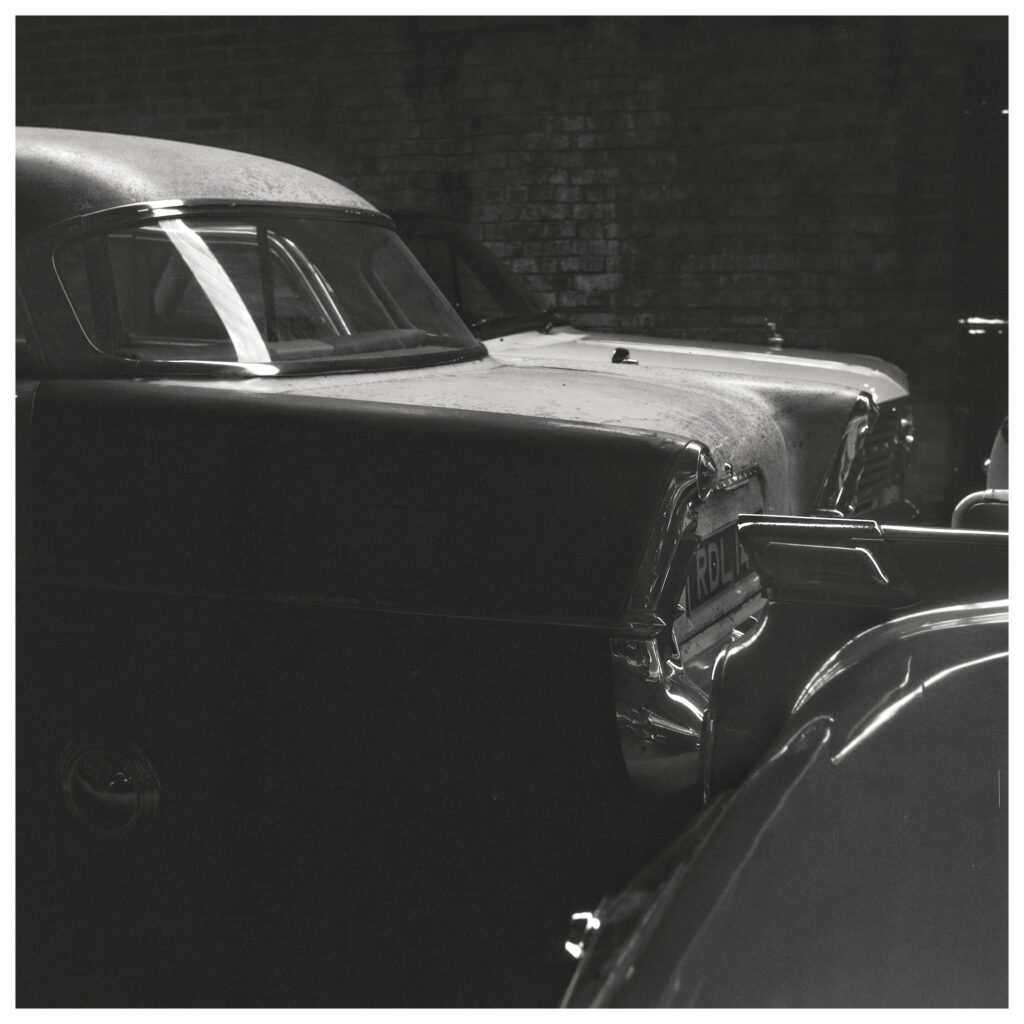
The film completed, I just had to hope that my efforts were not in vain. My developing and scans are done courtesy of a lab in Wales. www.southsun.co I needn’t have worried, and was more than happy with the outcome, as the images had just the right look for the subject matter. What I hadn’t expected was that such an old and uncoated lens renfered the light from the skylights with such an ethereal effect. From a critical perspective, these images are probably poor, but I was delighted with the mood they convey. I suspect this is in part due to the longer exposure times. Had I taken the same images with my Rolleiflex, they’d would have undoubtedly been superior, however I doubt they’d have captured quite the same atmosphere. Maybe there’s a bit of the LOMO spirit in my soul after all.
Share this post:
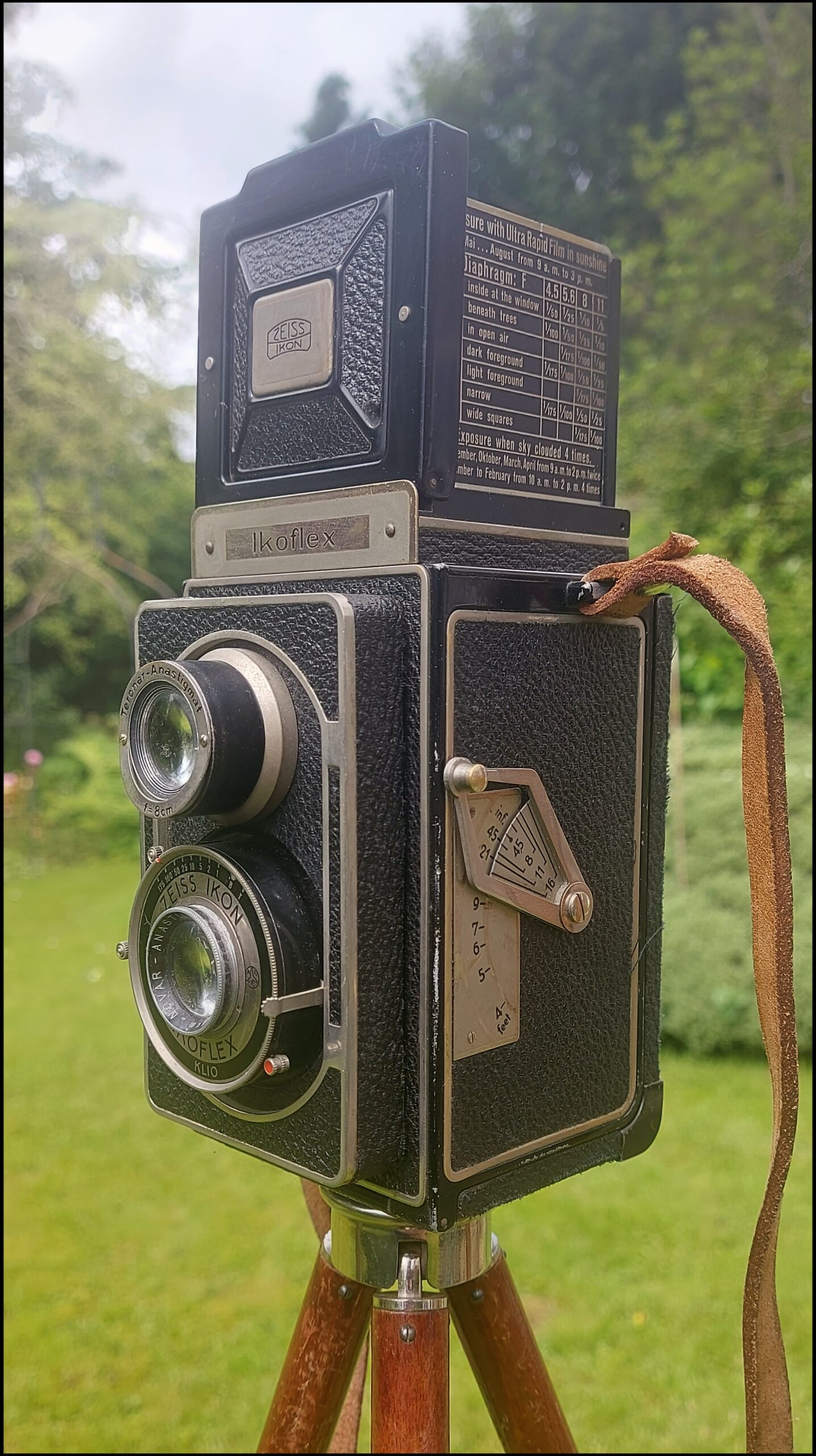
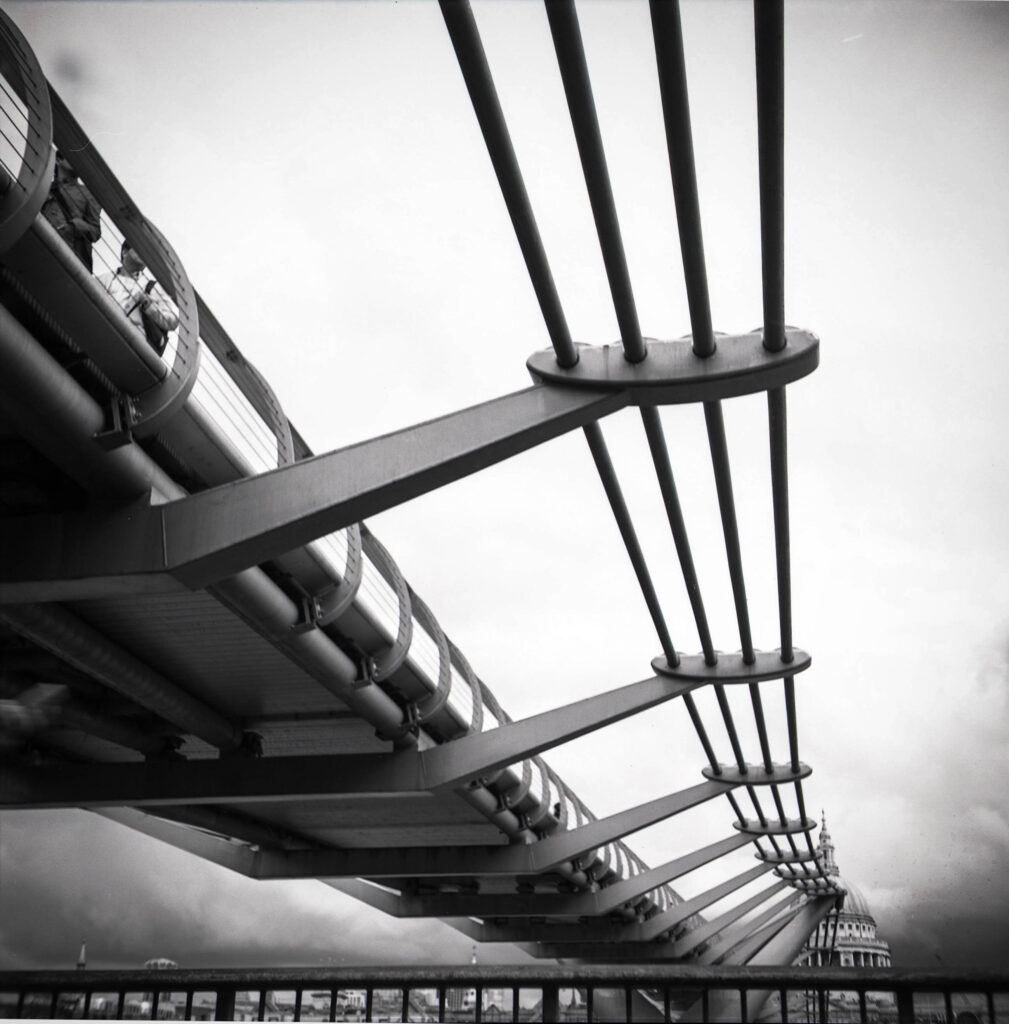
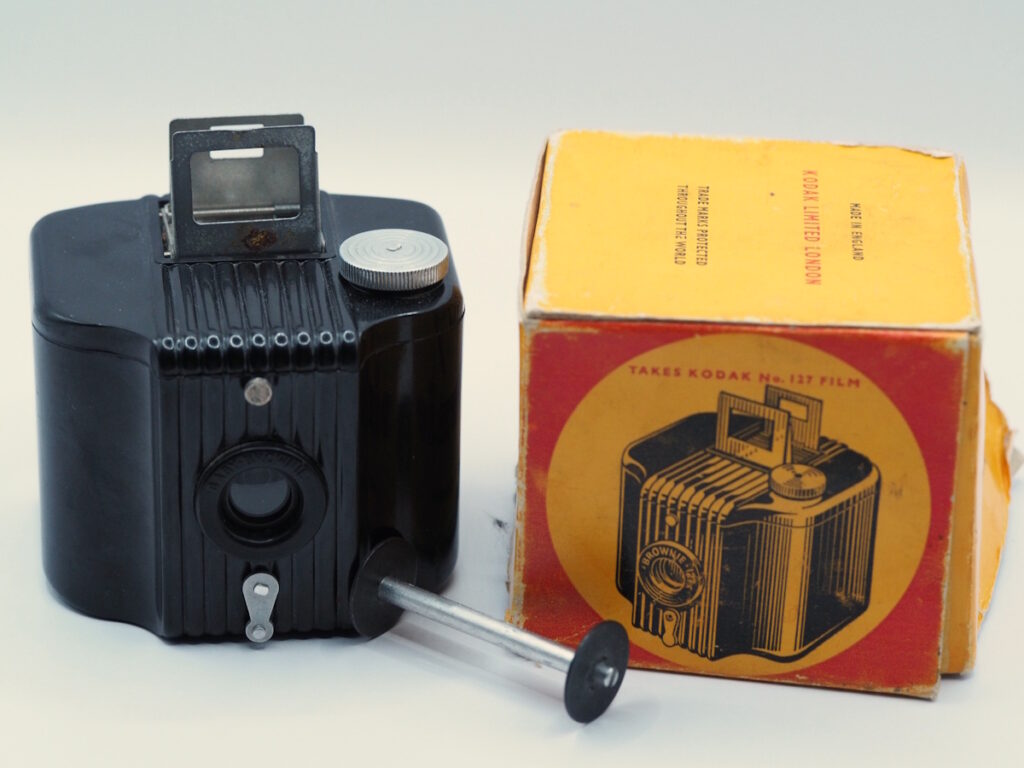
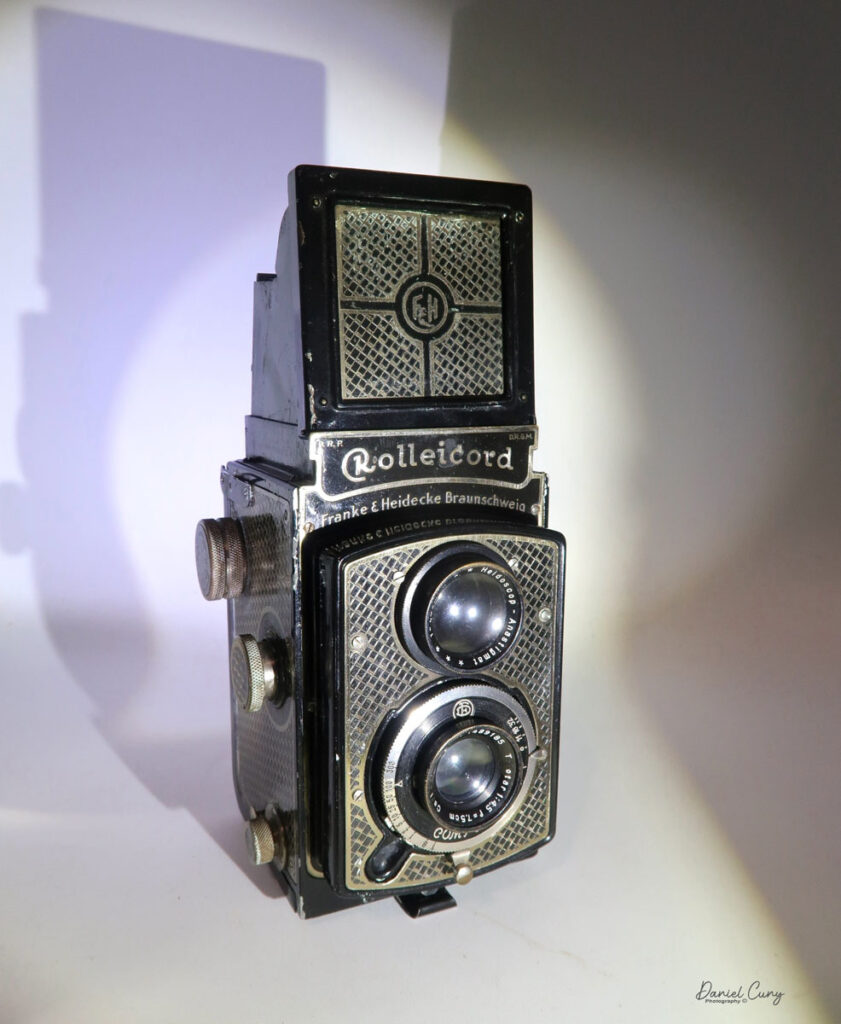
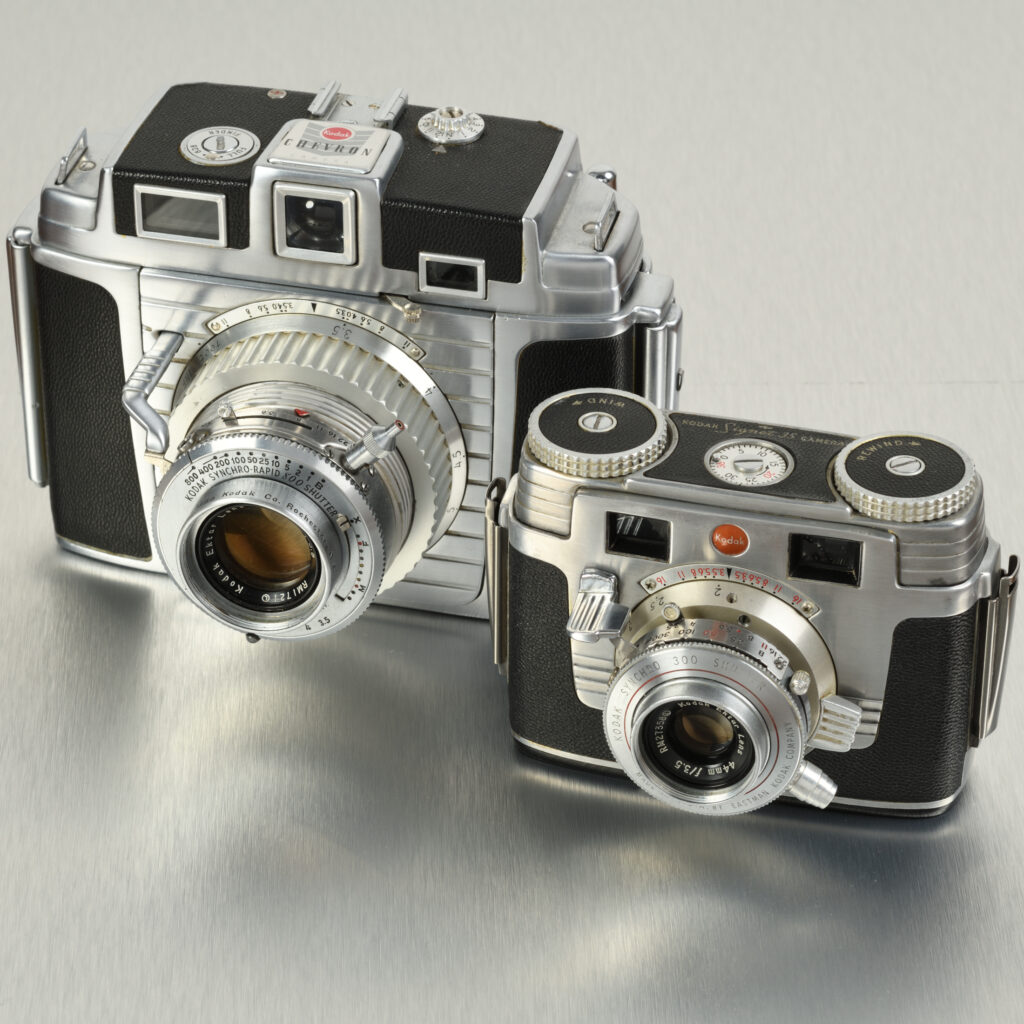




Comments
Theo on Zeiss Ikon Ikoflex II – Falling in love with an ancient TLR.
Comment posted: 23/07/2024
Gary Smith on Zeiss Ikon Ikoflex II – Falling in love with an ancient TLR.
Comment posted: 23/07/2024
Comment posted: 23/07/2024
Comment posted: 23/07/2024
Jeffery Luhn on Zeiss Ikon Ikoflex II – Falling in love with an ancient TLR.
Comment posted: 23/07/2024
Nick Lyle on Zeiss Ikon Ikoflex II – Falling in love with an ancient TLR.
Comment posted: 23/07/2024
Nick Lyle on Zeiss Ikon Ikoflex II – Falling in love with an ancient TLR.
Comment posted: 23/07/2024
Comment posted: 23/07/2024
Martin on Zeiss Ikon Ikoflex II – Falling in love with an ancient TLR.
Comment posted: 23/07/2024
Comment posted: 23/07/2024
Dean Lawrence on Zeiss Ikon Ikoflex II – Falling in love with an ancient TLR.
Comment posted: 25/07/2024
Many thanks for sharing.
Comment posted: 25/07/2024
James Billings on Zeiss Ikon Ikoflex II – Falling in love with an ancient TLR.
Comment posted: 26/07/2024
Comment posted: 26/07/2024
Paul Quellin on Zeiss Ikon Ikoflex II – Falling in love with an ancient TLR.
Comment posted: 26/07/2024
Comment posted: 26/07/2024
blanko_photo on Zeiss Ikon Ikoflex II – Falling in love with an ancient TLR.
Comment posted: 02/08/2024
Comment posted: 02/08/2024